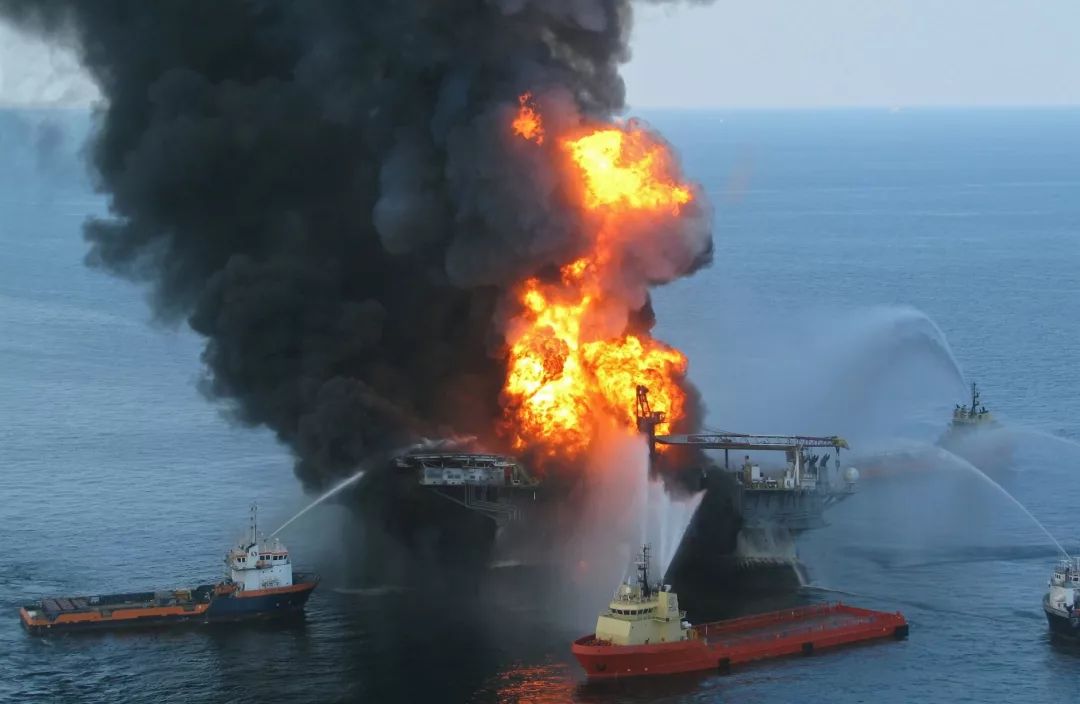A well thought out blowout contingency plan (BCP) forms the foundation of rapid and effective response if an unplanned hydrocarbon release should occur.
This document offers guidance and control measures in response to a worst-case scenario blowout to ensure the safety of personnel and assets, reduce the impact on the environment and minimize financial and reputational damage. In addition to demonstrating the feasibility of the response and control options, a BCP is usually an integral part of the well planning process required to comply with internal requirements and industry standards. In many regions, it may also be necessary to submit the BCP to the governing regulatory agency for obtaining a permit to drill and produce.
AGR’s blowout and contingency management experts have written over 1800 BCP’s to date and have hands on experience with over 85 real life incidents, including some of the most high-profile blowouts such as Montara, Macondo, Elgin Franklin, and Porter Ranch.
To achieve the desired results, and associated fringe benefits from the investment of time and budget required to complete a BCP, there are several key considerations and techniques that should be considered.
In this blog, we delve into their experience and lessons learned from their roles within blowout control teams, and offer insights into the key considerations for an effective BCP, that is guaranteed to assure a return on investment and effectiveness.
Common issues associated with blowout contingency planning
There are many factors that can contribute to BCP failing to deliver the strategy and guidance required to effectively respond when a blowout happens. In our experience, these can range from:
- The BCP being completed with minimum effort and cost, and does not meet the intent of regulatory requirements, industry standards or internal rules and guidelines. We have witnessed many instances of this, one of which did not even address the simple question – “in the event of a blowout, can the well be killed?”
- Unqualified resources are assigned to the development of this critical document, and do not have the required software and experience to fully analyze the many scenarios, risks, and impact to develop an effective plan
- The BCP is simply a copy and paste effort from a previous document, meaning the information is outdated or not applicable to the specific well
- There is a lack of reality built into the plans due to the absence of experience on actual blowouts, meaning the conclusions and procedures are unrealistic and unachievable
- An expectation that the well can be simply shut in via a capping stack which is not always achievable if the well has not been designed for this event. This has led to extended periods of uncontrolled flow into the environment because no other contingency measures were available
The consequences of an inadequate blowout contingency plan
In addition to the safety, environmental and financial implications that an inadequate BCP can cause, we have also witnessed the following impacts:
- Criminal Prosecution: Just like any other critical well planning tasks, the BCP should be defendable in court. If the well control simulations are not completed properly by qualified personnel, or the work was not reviewed and validated by an expert, this will be scrutinized in the court of law, which can be, and has resulted in significantly more fines and even criminal prosecution
- An example of how this can be avoided comes from our expert witness involvement in the Macondo disaster, where we supported the Operator with post-incident litigation and testified as expert witnesses. During this process, our simulations where scrutinized by all parties involved, which included scientists, academia, regulators, and other specialists. At the end of the trial, every engineering judgement and simulation result was found to be credible
- Having qualified specialists supporting the Operator deliver a BCP can help in defending the work in a court if necessary. This could reduce the probability of being found guilty of gross negligence
- Environmental Fines: For example, in the US, fines can be based on a cost per barrel. Any small delay or mistake during an actual blowout can bankrupt an Operator! This is one of the many reasons why companies should call upon specialists to either develop the BCP or as a minimum review the final document.
- Response Time: Thankfully, Operator’s do not frequently experience blowouts requiring relief well or capping operations. This means their internal personnel do not have sufficient practical experience from real incidents to fully understand the risks, consequences, equipment, procedures, etc. that will actually be called upon if an incident were to occur.
Top considerations for an effective blowout contingency plan
First and foremost, companies must address 6 key questions while embarking on the development of a BCP:
- Can a capping stack be deployed?
- Can a capping stack be landed?
- Can the well be shut in?
- Can the well be killed through the capping stack or is a relief well required?
- Can a relief well find the target well?
- Can a single relief well kill the blowout?
The answers to these questions will drive your strategy, and help you determine the possible solutions for regaining control of your well. Your BCP should be appropriate for the various capping stack systems available around the world and their capabilities. Your BCP should also model the various well kill scenarios, for each casing shoe, to make sure well integrity is maintained.
This usually requires assessing the well integrity of the well design for blowout scenarios to make sure the well can be shut-in to stop the spill and still maintain well control in the wellbore. Your BCP should calculate the well kill fluid and equipment requirements through a capping stack, from a relief well alone, or in combination with the capping stack to avoid fracturing the open wellbore. Every BCP is based on simulating several different scenarios to identify the well design, equipment, procedures, and people required.
Capturing the Fundamentals
In our experience, a typical BCP will cover the following key areas:
- Compliance checklist
- Blowout Scenarios
- Blowout Rates
- Dynamic Kill Requirements
- Capping Stack Deployment
- Capping Stack Landing and Installation
- Soft Shut-In Analysis
- Relief Well Design
- Spill potential and Environmental Impact
Software
A fully transient multiphase engine such as OLGA is recommended for the blowout and kill simulations. These types of simulators are relatively expensive and require expertise, yet they provide the flexibility and accuracy required to fully capture the complex fluid behaviors often observed in the field. A fit-for-purpose graphical user interface such as OLGA-WELL-KILL will also simplify and speed up the process of building the model. Most importantly, the software user(s) must be qualified with extensive training and experience to ensure the model is set up correctly and errors are minimized.
Regulations
This will differ depending on the region you are operating in. We recommend including a compliance checklist as part of your BCP executive summary which allows the reader to quickly assess compliance with every requirement. A BCP can quickly become a substantial document where locating certain information might be time consuming and stressful, particularly when the reader is subject to duress from an actual blowout or an unannounced spill drill initiated by the government regulatory agency. A well-organized report with a summary table highlighting key results and where to find the necessary information is found to often be helpful.
Competency and Capability
Many companies have spent a lot of money building up internal capabilities and even developing their own software. The cost of doing the work internally commonly exceeds the cost of outsourcing the work to specialists. For example, a basic license for the necessary software such as the OLGA core module, well control GUI, reservoir fluid characterization, directional planning, maintenance, etc. combined with training and the overhead of a single engineer will typically far exceed $500k.
Not only does this investment cost a small fortune, but it also means that the Operator takes on additional liability. In the event of a blowout, the Operator may face a legal team in court who will be asking questions such as who did the BCP? What made them qualified? Who reviewed and approved the work? etc. Without the experience in the software, and actual incidents, the BCP may not be fit for purpose, which will reflect poorly on the Operator and could incur additional liability and cost. Why would you take this risk when you could avoid it and pay a fraction of the cost?
The Solution?
Our blowout and contingency management experts have written over 1800 BCP’s to date and have hands on experience with over 85 real life incidents, including some of the most high-profile blowouts such as Montara, Macondo, Elgin Franklin, and Porter Ranch.
Utilizing our simulation software and experience from actual incidents enables our team to analyze results from a practical and realistic perspective.



